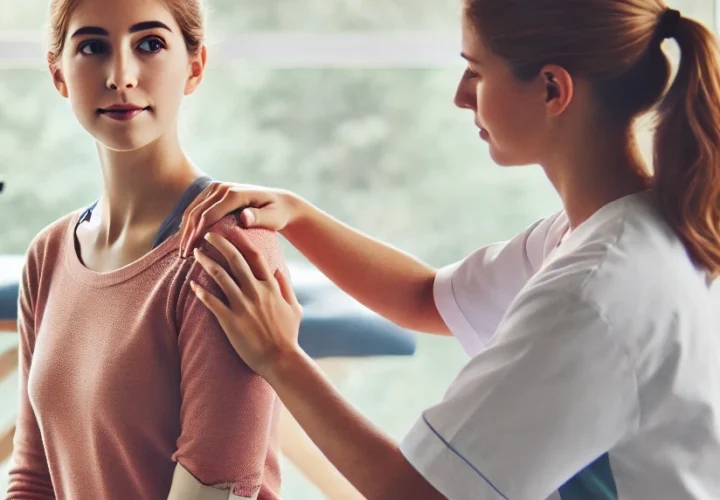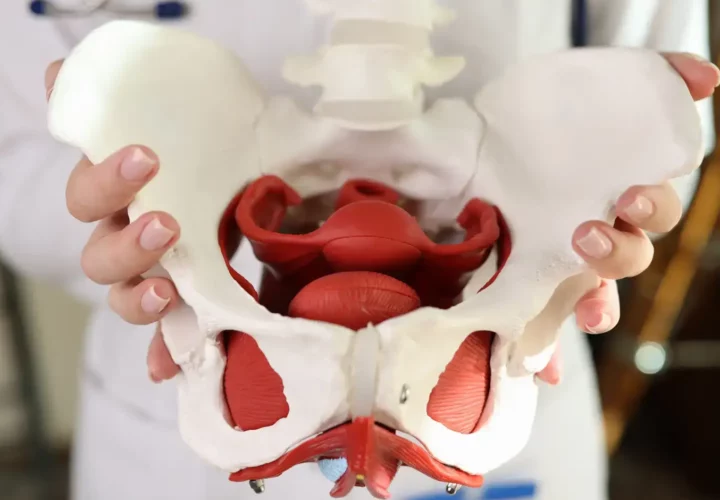Reopening is the buzz word across the nation! But what does it mean, and why are things being held up?! This is a complex issue that is hard to touch on in a quick headline blurb or news segment, so let’s try and understand it here!
Covid-19
One of the things about COVID-19 that very much scared health officials as things was the hospital bed to population ratio. With the average injury and disease rate, it is HIGHLY unlikely that a hospital will get overcrowded. Thankfully, we have a fairly good handle on the average rate of human illness and injury in the US. So when you need care you can hopefully get it showing up at the nearest hospital! Now, logically, most communities have enough support to provide care for a little more than that average, which means that if you need care, there should be an open bed for you in an emergency!
However, when a new disease presents itself like this one, particularly when there are factors like a long period of being contagious, easy spread with interpersonal contact, and an asymptomatic contagious period, we run the risk of a lot of people going to the hospital at once. If the disease has a longer symptomatic period, as those infected seem to show, those admitted may need to use those beds for a number of weeks! But if we only have a enough space to support a little more than the average as is, these big surges an overwhelm the system quickly. This leaves people untreated and out of luck.
Why Social Distance?
The general idea of the social distancing program was to try and slow down how many people get sick at once so that those who do need this care still have the opportunity for it! Thankfully, a low percentage of those who catch this illness will need this care. But if the majority of the population needs care within a one month period, as what happened in parts of Italy for example, that low percentage is still 10s to 100s of thousands of people. This is far more than our hospitals are equipped to handle all at one time! But if those numbers are spread out over a longer period, we can care for people who need it much better!
Florida has managed to keep our rates low enough that hospitals are operating at very sustainable levels. And rate of infection seems to be declining! This is good! But, it still does not mean we want to rush out and go go go full force yet either. What we’ve done so far is working in the present tense!
The State
So, what officials in the state have requested is that more businesses open. However not all of them yet at full capacity. Also certain higher risk areas that could provide a rapid rise need to be careful. Essentially, it means that you could still get sick from going out. But if you do so carefully we will have the bed space to take care of those who fall into the worst case categories. Over this initial period, officials will be watching to make sure that our rates stay sustainable. While we may see another rise in this period, if it stays below the worst case level we should do very well. And when numbers begin to fall again we can expect more things to open up safely!
Good Things On The Horizon
Essentially, reopening is gradual because we are still monitoring to make sure that things stay manageable. Without a cure or way to solidify immunity yet, we cannot afford for everyone to risk things at the same time. There do appear to be good things on the horizon though! Some medications have shown promise in increasing speed of recovery. Meaning those who do get sick should get better faster. Some studies have shown good results on initial antibody exams, indicating we may have even more treatment and prevention options down the line as well! Once we have better treatment and prevention options, a lot of the issues we talked about above become much much less! But until we can cure or prevent this, we need to make sure we keep the spread rate low!
That means that during the re-opening, it’s not yet time for open season. To keep the spread slow, good hygiene, spacing, and masking precautions are a good idea! We should also avoid expanding our social circles much. The bigger a variety of people you see, the more likely someone has had contact with someone who has been diagnosed. It’s like 6 degrees of Kevin Bacon, but a lot less fun! The less degrees of connection we established at this point, the less possible vectors we have entering our lives! It does not mean you cannot see anyone, but be smart and selective for now!
Takeaway
Now, keep in mind that clinicians like myself and most practitioners actively treating patients are not epidemiologists. Meaning that while we all had to take an introduction to epidemic disease and control while in school, most of us are not the gold standard of experts. And nor should we claim to be! Just think how an epidemiologist would not be the person to go to for a heart surgery. However they could probably tell you more than the average bear about it! We all just have different focus areas once core coursework is done. So please understand that when we put out information regarding the current state of this issue, the best sources are still our top epidemiologists!



